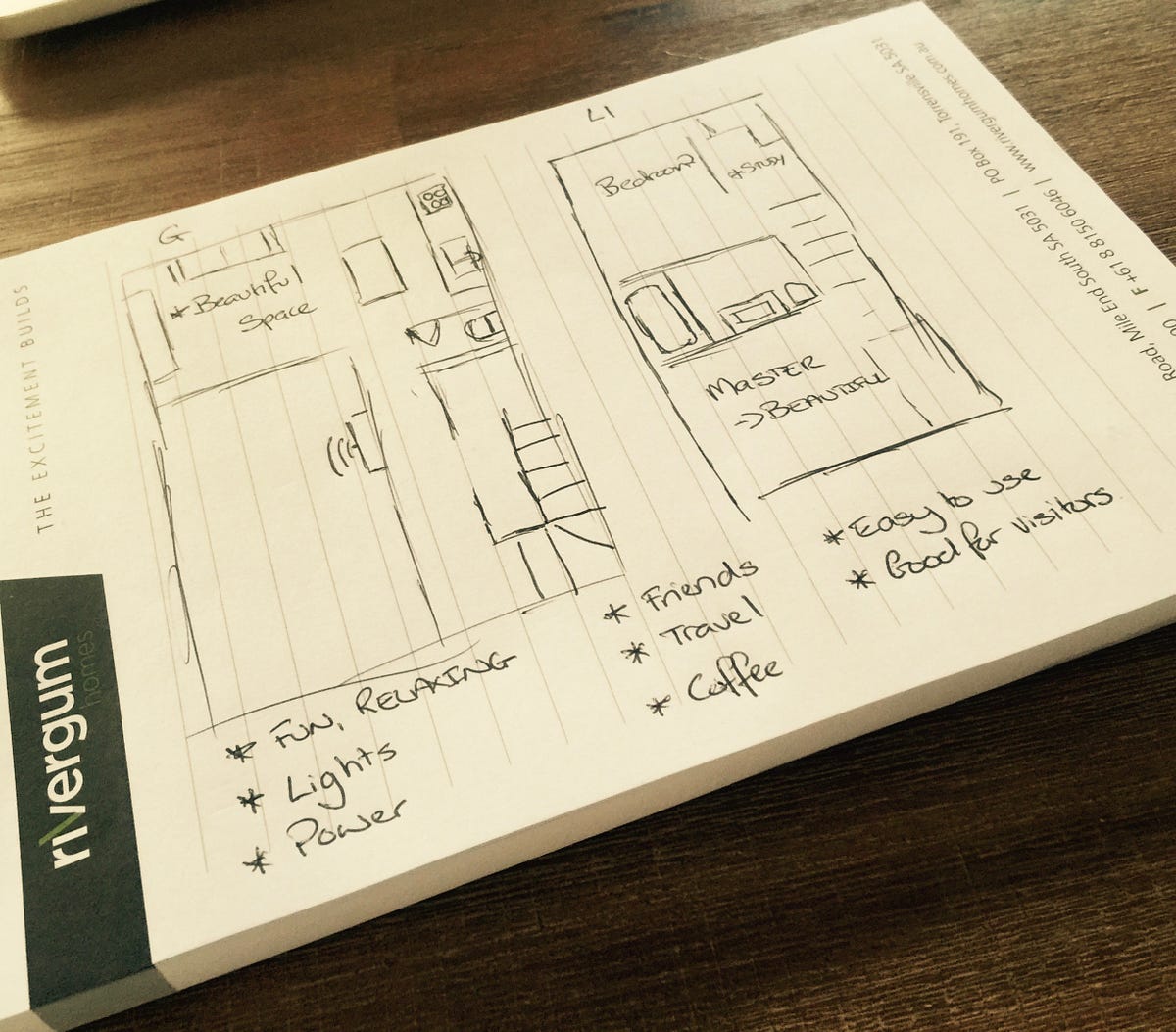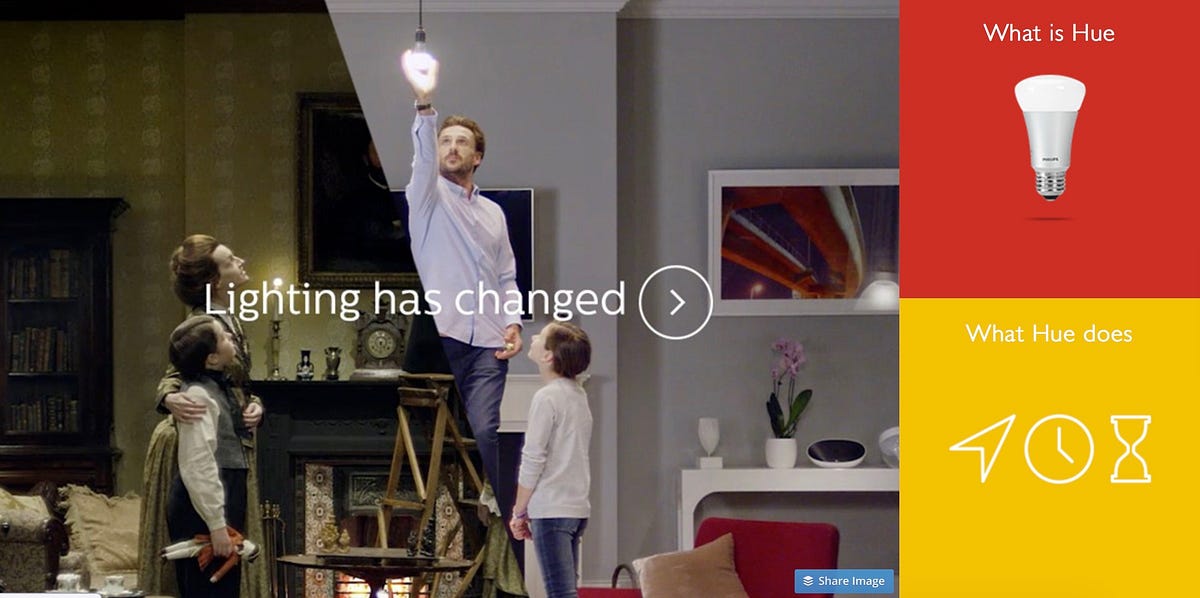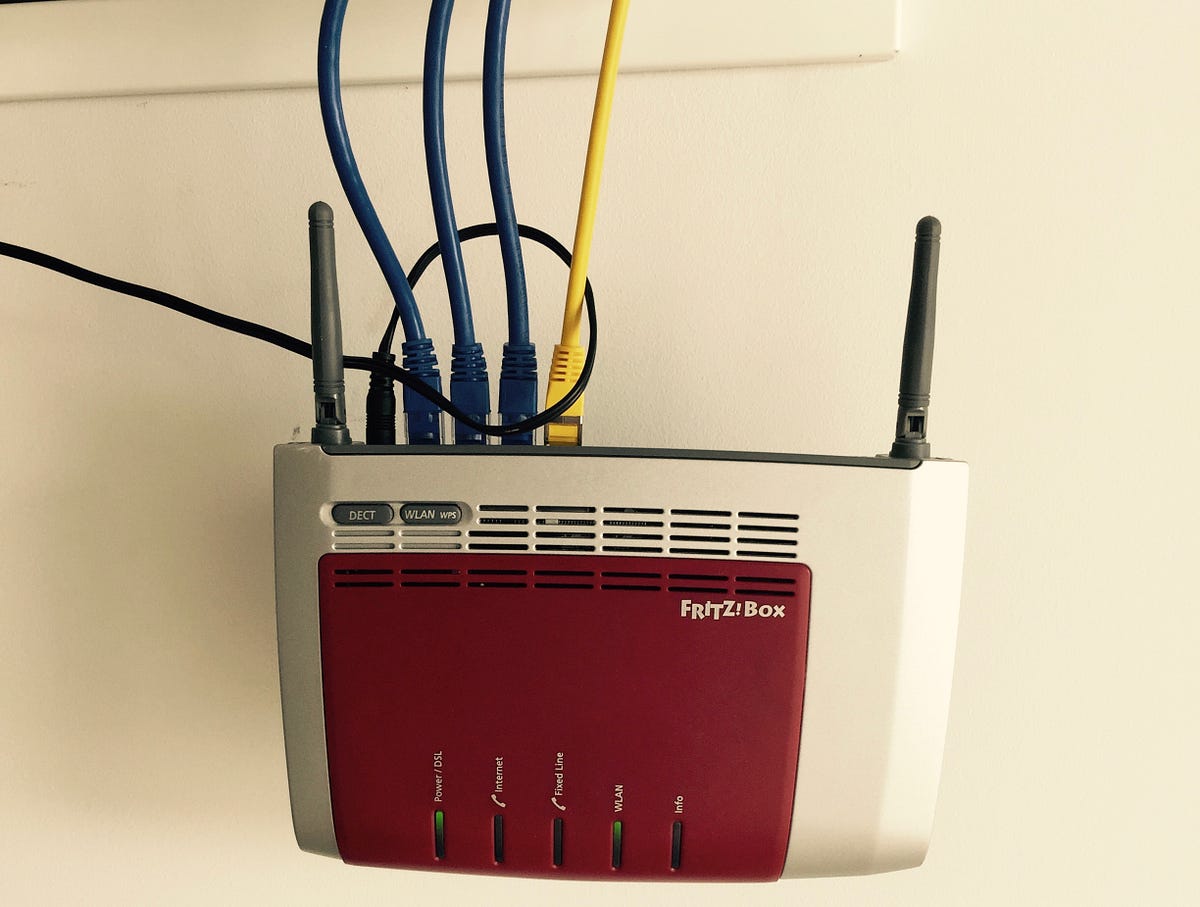My Smart House and the Quest for a Great Analogy
In many ways the challenge in communicating the complex and technical details behind Information Management has been my greatest joy over…

In many ways the challenge in communicating the complex and technical details behind Information Management has been my greatest joy over…
In many ways the challenge in communicating the complex and technical details behind Information Management has been my greatest joy over the past few years — and yet also frustrating. Standing before key decision makers in a number of organisations and trying to explain why this is so important, how it can radically change a business and what it could be can be incredibly exciting — when I get it right. Yet every time I walk away from a meeting feeling like I haven’t connected with a CEO or CTO, I feel like I’ve wasted an opportunity. Information Management and it’s related capabilities of analytics and business intelligence is critical in the Information Age and it is my driving desire to see all organisations introduced to the endless wonder of truly understanding how and why their business works. The only way I’ve found to do this is to place these complex and technical details into stories and analogies — examples if you will — of how and when this would be useful; taking my listeners and readers on a small journey until they see just how amazing this could all be.
With this in mind, in todays article I want to start a 3 part miniseries describing my efforts building a Smart House. Given I recently built a new place, this is one of those great moments when I get blog about something I’m actually doing right now! Along the way I hope to draw out some principles about Information Management and Data Analytics so that you can see parallels in how they might be useful in your own organisation.
Imagine I live in a city which is truly networked. Each house communicates with a city super computer which then uses this information to deliver power, water, gas and other services to my house to my house in the most efficient manner possible. The benefits are enormous — infrastructure costs are down, the power grid is stable and the city has seen an absolute boom in house prices!
To enable this incredible efficiency, the city mandates that owners are responsible for capturing data from their homes and deliver it to the network through a list of approved connections. Owners can do whatever they like within the bounds of their own home (provided it’s safe) and be as creative and interesting as they choose.
Because I’m a bit of a tech nerd (this is NOT mythical) and I love beautiful spaces, I’ve decided that I want to set up my house with some beautiful lighting to highlight key features, my artwork and provide a deep, warm ambiance. Furthermore, I want to contribute to reducing my energy footprint, have a limited budget and want a system which is simple and easy to use. In the future I want to look at storing all my usage data so that I can use some Artificial Intelligence methods to further improve my consumption and make it more efficient.
To start with, I sat down and considered what I wanted to do, reducing it down into four main goals:
As a picture, it looks a little like this:

Then I had to figure out how to make it all together. Ask myself — how can I get all these different things to work together? How can I meet all things important to me without spending months getting there? Luckily, because I was building a new house, it was pretty easy for me to build out a network which was easily extendable, able to connect to all different kinds of devices/things and be gathered together in a single point. For a small fee, I arranged with my builder to include fibre optic cabling through my house, including access points in the lounge, both bedrooms and office. This allowed me to plug in many tools, was easy to use, and provides ready access for guests and visitors. Furthermore, anything I added to my infrastructure would be modular and easy to upgrade.
For many organisations, information infrastructure investment is one of the most difficult and expensive processes they are faced within the initial stages of building an effective information system. It requires an intimate knowledge of who you are as an organisation, where you want to go and a lot of smarts to design a network not just now, but for the future. I was fortunate — I knew exactly what I needed, had ultimate flexibility in getting there, and could afford to execute quickly on my plan. Many other organisations do not have this.
Yet I would also propose that this is one of the first and best times for an organisation to make a statement about who they are as a company, where they are headed and why this is important. Truly going through an infrastructure program requires many questions to be asked and answered, and is the opportunity of a lifetime to bring all the decision makers together to work it out.
The discussion about infrastructure investment should feed directly into your vision for YOUR organisation. It will establish what you need, how it’s to be delivered and how it will contribute to your business being amazing!
I would also state that this is the best time to start building your Information Team. Giving them significant input into your plan can have huge benefits and save you a ton of cash and time!
Having built my infrastructure, the next challenge for me was to figure out what tools I wanted to use to achieve my vision. As it turns out, this is really an exercise in design thinking — something I deeply love. I already knew that I wanted to create something simple, beautiful and elegant, but now I had to work out exactly what that meant.
Because I feel that ambience is a way to make a room feel warm and inviting, I started by looking at lighting. It turns out there’s quite a number of players in the smart lighting space, all with varying degrees of quality, usefulness and connectivity. Fortunately, every single option was an LED of some description which is great — low power, long life and generally robust. After a bit of research, I decided to go with the Philips Hue option — it seemed to be well thought out, quite optionable and I really liked how easy it was to connect. It was a bit expensive, but for me the simplicity outweighed this; particularly the number of reviews which talked about how consistent it was. As an added bonus, the Hue range also included a throw light (Hue Bloom) and LED strips (LightStrips), both of which would be amazing ways to highlight things around my home.

The next challenge for me was working through the storage/routing tools. This is a dual challenge, as there are many different ways of connecting up routers and storage spaces. For me, because I pretty much run Apple products, I chose to go with an Apple Airport Time Capsule. This integrated seamlessly with my other Apple products and was easily plugged into my network. For my router, I chose a FritzBox wireless router. Again, it is easily configurable and really powerful, making it easy for me to connect multiple devices.
I want to make a quick note here about my routing decision. As you can see in the picture below, my earlier decision to wire everything together is now paying off. It is super simple to connect my router to all my fibre cables, and this massively extends my network. This is just one of those things where having spent some time in the infrastructure phase, I’m able to considerably speed up my toolsets space.

It all seemed to be going well, and there’s many parallels I could bring out of this story. Things like taking the time to work through the problem. Investing heavily in solutions which suit your values (i.e. simplicity for me) and not being afraid to reuse tech you already have — provided it makes sense.
Yet the final part of my initial build was where it all started to come unstuck. Powerpoints. Who would have thought that this was where it would all start to get difficult! Yet there I was trying to work through my values, figure out what to do and how to do it when I realised I was approaching the problem all wrong!
I’ll share the challenge and the solution next post, so stay tuned to see what happens :) As always, I’d love to hear and receive your feedback, thoughts, ideas and comments.
James